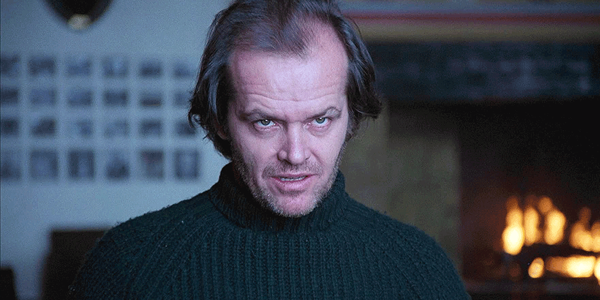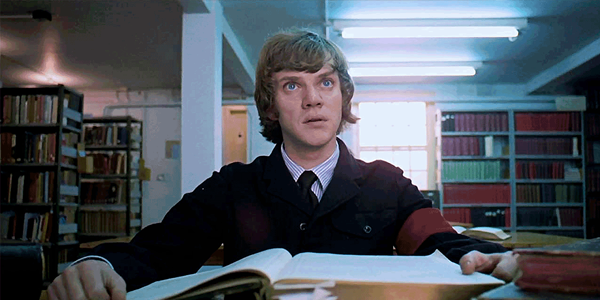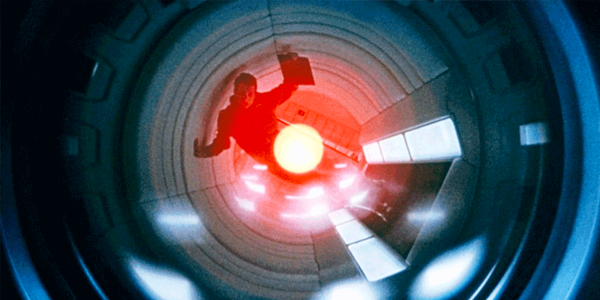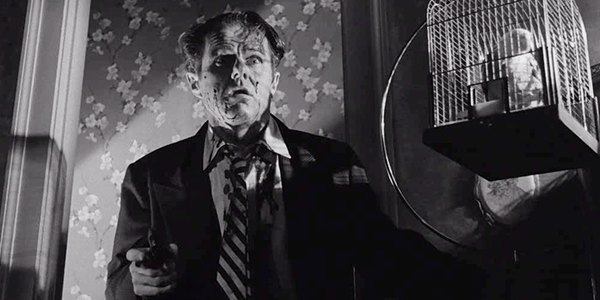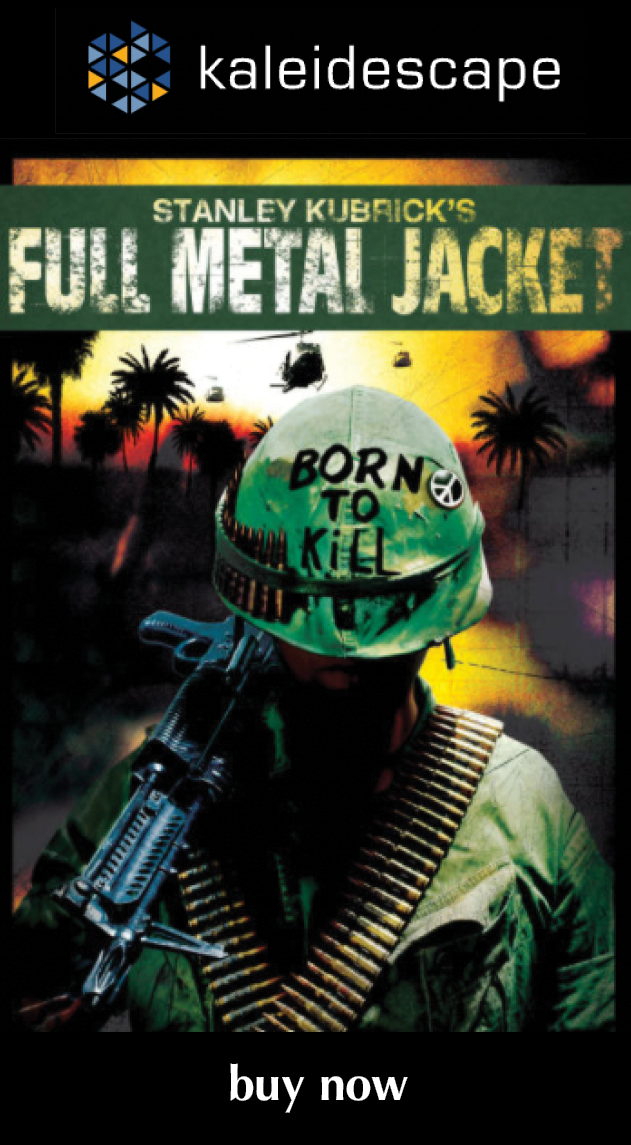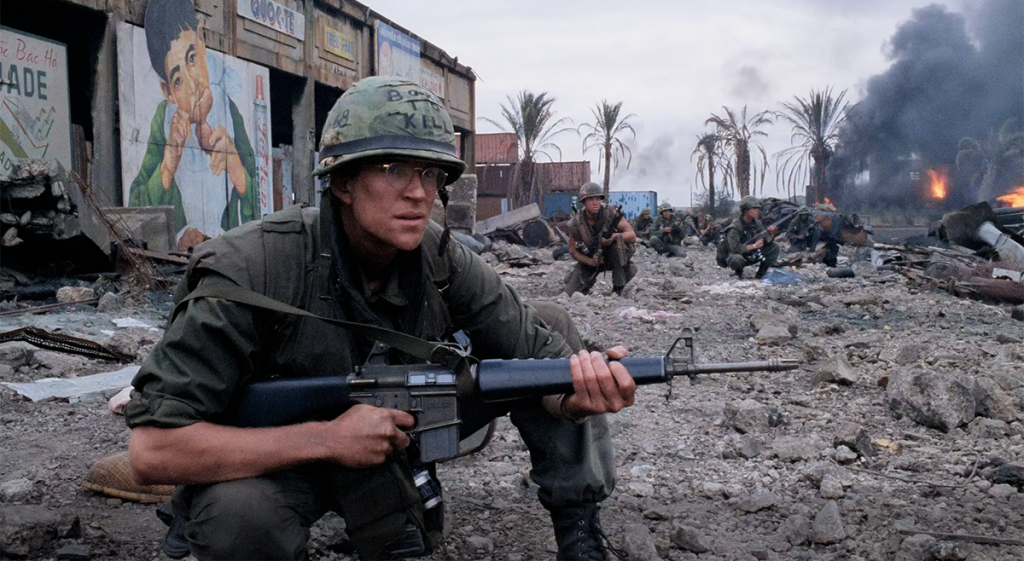
review | Full Metal Jacket
You can sense Kubrick’s filmmaking powers beginning to wane, but this remains the single most intriguing riff on Vietnam to date
by Michael Gaughn
September 28, 2020
It’s obvious in retrospect that, sometime around 1962, Stanley Kubrick sold his soul to the devil. In Dr. Strangelove, 2001, A Clockwork Orange, Barry Lyndon, and The Shining, he was able to tap into a level of filmmaking no mortal had been able to access before, and none have come even close to since. His work during that period made every other movie, no matter how seemingly well done, feel cliché, compromised, and inept.
Then, in the early ‘80s, his deal with the Dark Prince began to go sour. By the early ‘90s, they had clearly parted ways, and with Eyes Wide Shut, Satan exacted his revenge.
With Full Metal Jacket (1986), you can clearly sense the Master failing—but keep in mind that’s compared to the best of his own work. He was still way ahead of what any other mainstream director was doing.
During the Strangelove-to-Shining period, you might not have always been able to fathom some of his creative choices but, even when they were inexplicable, they felt like they were somehow a part of the whole. With Full Metal Jacket, you have entire passages that, both upon viewing and reflection, feel inert, like they’re keeping the movie from hitting its stride.
Just to be clear: Jacket is a great film—it’s just not quite one of the greatest Kubrick films. The boot-camp sequence, from the second R. Lee Ermey appears on the screen though Vincent D’Onofrio’s self-inflicted head wound, is, if not flawless, undeniably compelling and even exhilarating. But the movie then sputters throughout the second act, trying out various stuff just to see what will stick, before recovering its stride for the conclusion in Hué.
It’s easy to re-edit Jacket in your head, removing the dead spots, and seeing it as a much tighter 90-minute affair that wouldn’t have been any less sardonic or bleak or exhausting but wouldn’t have so many things that would make you cringe. (“Paint it Black”? Really?!)
I’m not at all saying you shouldn’t watch it—in fact, there are some pretty compelling reasons to put it above anything you currently have on your Watch list. First off, it’s worth it just to savor Ermey’s Sgt. Hartman and D’Onofrio’s Pvt. Pyle, two of the most iconic film performances ever. Kubrick is often shortchanged as an actor’s director, but you just need to consider that D’Onofrio had never acted in a film before and Ermey had never had a major role to appreciate just how masterful he was.
It’s also worth watching for its (and I’m about to say a dirty word here) ambiguity. At a time when you’d be hard pressed to name a film that doesn’t ultimately reinforce accepted beliefs, no matter how convoluted it might be in getting there, it can be bracing to watch something that pushes back so hard against the status quo.
Consider Pvt. Pyle’s blanket party. Kubrick has been using Matthew Modine, with his Wonder Bread blandness, as the traditional point of audience identification, but he’s been increasingly making Pyle’s plight the focus of the action. And, for all his abuse, Ermey has been serving as comic relief and the volcanic source of the film’s energy. By the time of the assault on Pyle, Kubrick has put the audience in an untenable position where Pyle’s suffering, the recruits’ contempt for him, and the Corps’ impersonal need for steely discipline all have equal weight. If you can watch that scene and not feel that incredible tension, and not be thrown by it, you should probably just stick with Wes Anderson.
The other main reason Jacket is worth revisiting is for its intimacy—a term that’s hardly ever used in connection with war films, but it defines Jacket and sets it apart from almost every other entry in the genre. There are no epic battle scenes, is never the sense of massed forces colliding and none of the fetishistic portrayal of war machinery that’s defined the genre (and practically every other genre) since militarization, weaponization, and armoring became de facto cultural norms. You are in close quarters with every character here for the duration, and since this isn’t a particularly warm and fuzzy, or even articulate, bunch, it can be an incredibly uncomfortable feeling.
Finally, Jacket is worth watching just to appreciate that something like this could never be made today. It features an unvarnished, unromanticized, and unblinking portrayal of racial and sexual attitudes no contemporary filmmaker, too busy anticipating the outraged squeals of various pressure groups, would ever have the balls to attempt. If Jacket was in heavier rotation on cable, it would probably get slapped with the kind of silly, titillating, reality-denying warning labels that now precede any film that doesn’t toe any number of faddish political lines.
And, O yeah, one more thing—Kubrick had the stupefying ability to make his films look like they were created from somewhere beyond their era. Jacket was made in the mid ‘80s, but it has none of the excessive grain, contrast, saturation, or softness of most films from that time. The 4K HDR transfer faithfully reproduces what he wrought—which isn’t always easy, especially in the final third, most of which was shot during the Magic Hour and is filled with smoke and flames.
I do have two nits, though. The HDR tends to overemphasize the gold rims of Joker’s glasses and the silver dog-tag chains, especially during the boot-camp sequence, which can briefly pull you out of those shots. And I have to wonder if, given what Kubrick was going for here, the film doesn’t look just a little too pretty. Watching the Blu-ray version to check out the audio commentary, I couldn’t help wonder if that flatter, more documentary look wasn’t closer to what he was after. But that’s not really a criticism—more a matter of taste. And I don’t think I would ever opt for the Blu-ray over the 4K HDR, especially for the finale in Hué.
The sound mix is so subtle—especially for a war film—that it’s hard to appreciate just how good it is. There are no elaborate surround effects, mainly because Kubrick tends to keep the action squarely in front of you. Where it really pays off is with the steady, almost subliminal, succession of explosions heard at a distance once you’re in Hué. Often little more than muffled thumps, they’re meant, like the breathing in 2001 and the heartbeat in The Shining, to represent the pulse of the film.
All of that is presented cleanly and effectively. My only criticism is with the distortion in some of the dialogue tracks. I suspect this stems from the original tracks recorded on location, but it’s hard to believe Kubrick ever signed off on the results.
The extras can be summed up in two words: Don’t bother. The promotional film, “Full Metal Jacket: Between Good and Evil,” has some interesting comments from Kubrick’s collaborators, but you have to fight your way through a lot of annoying, and often silly, manipulation of footage from the film and strictly amateur motion graphics.
The commentary is a slice-and-dice affair involving D’Onofrio, Ermey, Adam Baldwin (Animal Mother), and critic Jay Cocks, with everyone in isolation and no one getting a chance to speak at length. And it just gets painful once Ermey drifts away and D’Onofrio goes off to the sidelines and you’re stuck with the obsequious Cocks for most of the duration. If you really want to know more about the film, read Modine’s Full Metal Jacket diary or check out the extremely uneven documentary Filmworker.
It was once a big deal to figure out who had created “the” Vietnam film. And given how big a trauma that war was, I can kind of see why that used to be important. Ironically, no one has ever really risen to that challenge. Full Metal Jacket isn’t really about Vietnam but about America’s obsession with war, and its whole second half feels much more relevant to Iran, Iraq, Afghanistan, and other recent exercises in empire than it ever did to the jungles of Southeast Asia. It’s worth a good, long look for anyone who can handle a little truth.
Michael Gaughn—The Absolute Sound, The Perfect Vision, Wideband, Stereo Review, Sound & Vision, The Rayva Roundtable, marketing, product design, some theater designs, a couple TV shows, some commercials, and now this.
PICTURE | The 4K HDR transfer faithfully reproduces what Kubrick wrought—which isn’t always easy, especially in the final third, most of which was shot during the Magic Hour and is filled with smoke and flames
SOUND | The sound mix is so subtle—especially for a war film—that it’s hard to appreciate just how good it is. There are no elaborate surround effects, mainly because Kubrick tends to keep the action squarely in front of you.
© 2025 Cineluxe LLC


